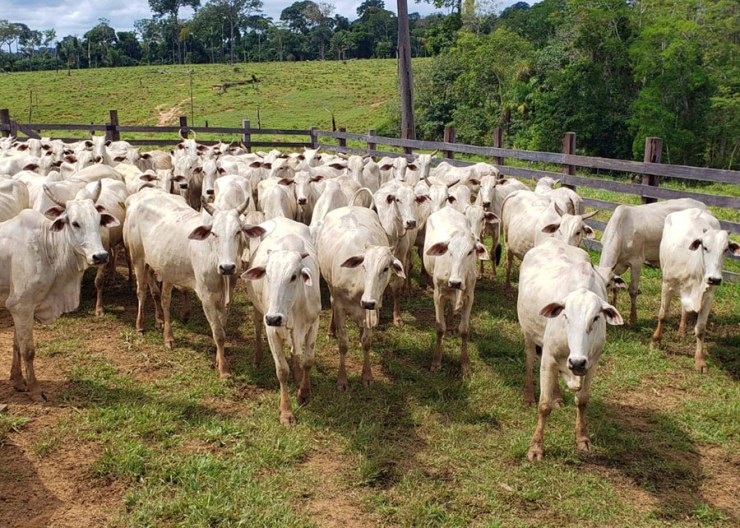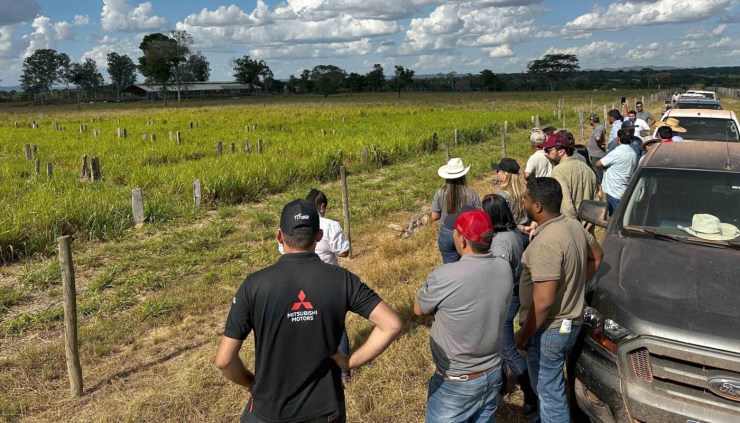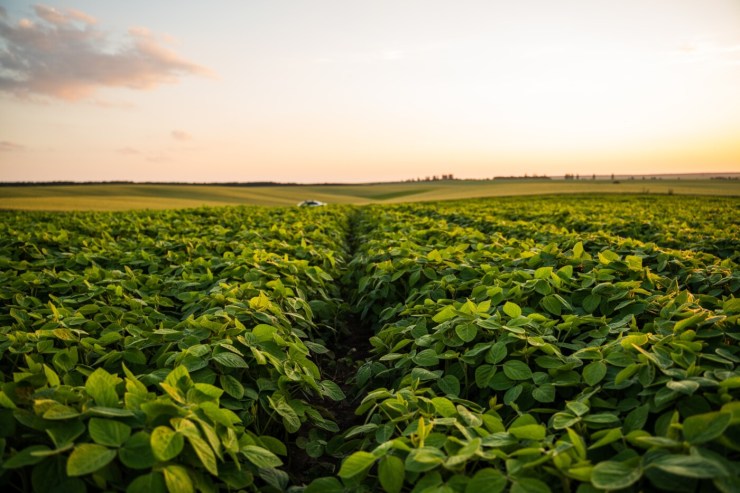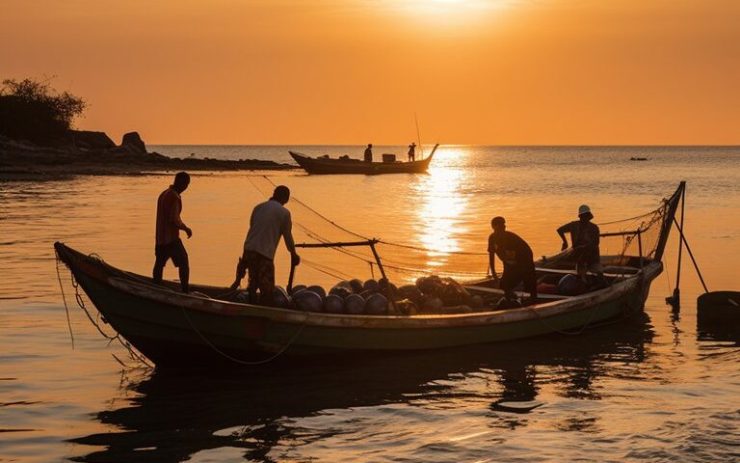Pará is preparing to gain the spotlight in 2025 with the COP 30 in Belém, and fish farming is emerging as one of the economic activities that most depends on advances in legal and environmental security for consistent growth. The proximity of the global environmental event reinforces the need for structural solutions and planning to unlock the enormous aquaculture potential of the state — which has privileged natural conditions, but faces historical bottlenecks that limit its performance.
Despite the expectation and natural vocation for the activity, the growth of fish farming in Pará has been timid. In 2024, the state produced 25,420 tons, a slight increase of 4.18% compared to the previous year. Native fish lead by a wide margin, representing 24,100 tons of the total, while tilapia still has a discreet presence, with only 1,050 tons. Other species, such as carp, trout and panga, total 270 tons.
Fish farming map
 According to a survey by the Brazilian Fish Farming Association (Peixe BR), this modest performance reveals a fundamental problem: the lack of an updated regulatory framework that is attractive to investors. Without clear rules and a favorable business environment, expansion projects fail to take off. The development plan promised for the sector a few years ago has yet to come to fruition, and the number of fish farms remains limited. Today, the state has 7,340 hectares of cultivation area, distributed across 29,112 fish farms and only 317 cages—a number considered low, especially when compared to other producing regions.
According to a survey by the Brazilian Fish Farming Association (Peixe BR), this modest performance reveals a fundamental problem: the lack of an updated regulatory framework that is attractive to investors. Without clear rules and a favorable business environment, expansion projects fail to take off. The development plan promised for the sector a few years ago has yet to come to fruition, and the number of fish farms remains limited. Today, the state has 7,340 hectares of cultivation area, distributed across 29,112 fish farms and only 317 cages—a number considered low, especially when compared to other producing regions.
The expansion of fish farming in the lakes of the Belo Monte and Tucuruí hydroelectric plants is seen as one of the most promising ways to increase production. However, the implementation of these initiatives depends directly on advances in environmental legislation and legal certainty, especially with regard to the transfer of use of Federal Waters.
Dependence on supplies from other states continues to be an obstacle to the independent growth of fish farming in Pará. Even with a strong and growing domestic consumer market, the state still needs to import part of its fish to meet demand, which represents a loss of competitiveness and local income opportunities.
Largest producing municipalities
Municipalities such as Paragominas, Marabá, Conceição do Araguaia, Altamira and Ipixuna do Pará lead the state's production, according to the most recent data from IBGE. These regions already demonstrate a vocation for fish farming and could greatly benefit from a more efficient and targeted public policy.
With COP 30 about to take place, Pará has the chance to transform the environmental debate into a lever for the sustainable development of fish farming. Modernizing the regulatory framework, unlocking investments and expanding production in a responsible manner are urgent steps for the state to stop depending on other regions and assume its leading role in the Brazilian aquaculture scenario.








